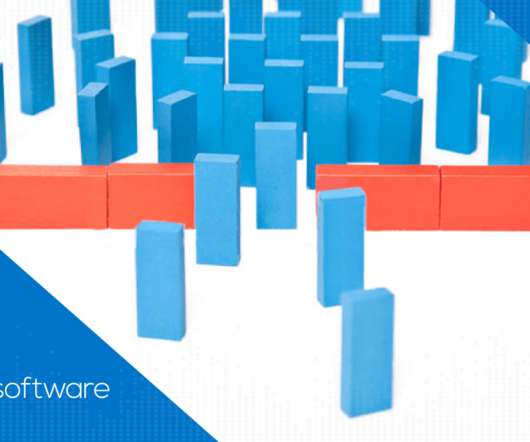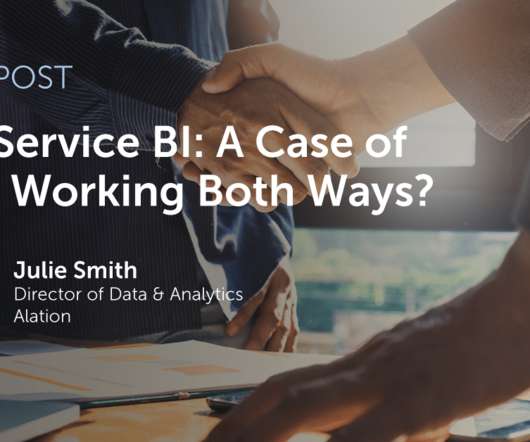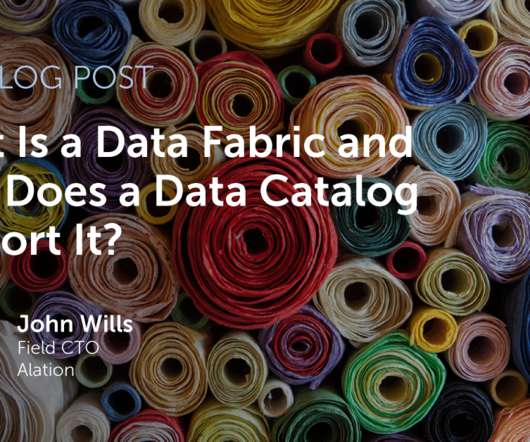Self-Service BI vs Traditional BI: What’s Next?
Alation
MARCH 29, 2022
In the 1970s, data was confined to mainframes and primitive databases. Reports required a formal request of the few who could access that data. The 1980s ushered in the antithesis of this version of computing — personal computing and distributed database management — but also introduced duplicated data and enterprise data silos.




























Let's personalize your content